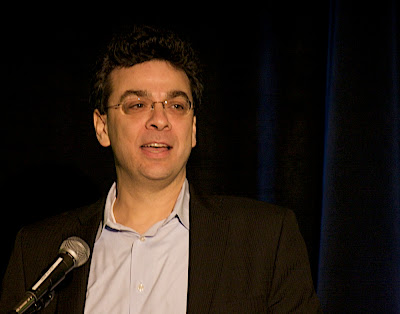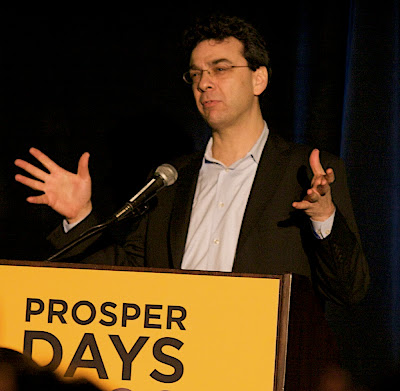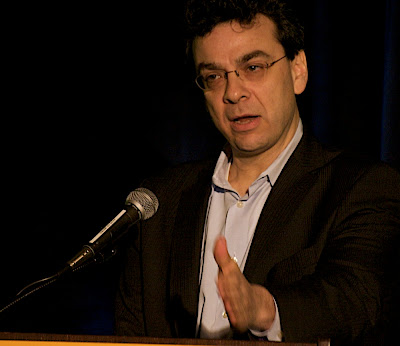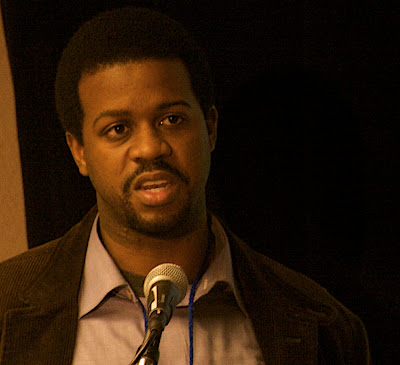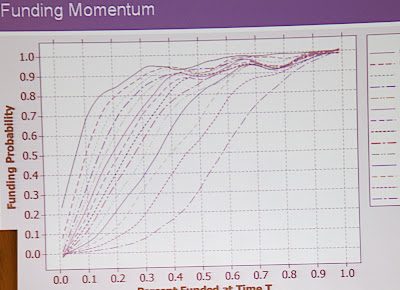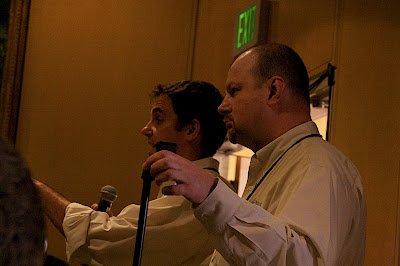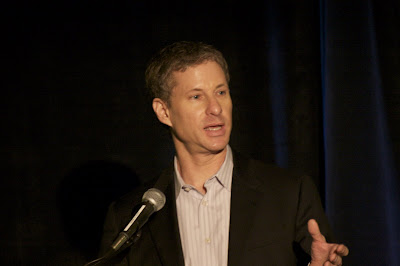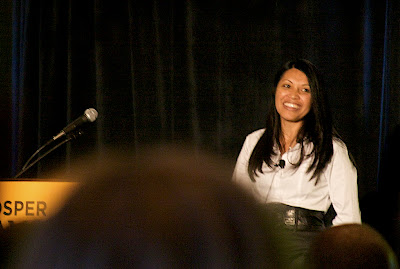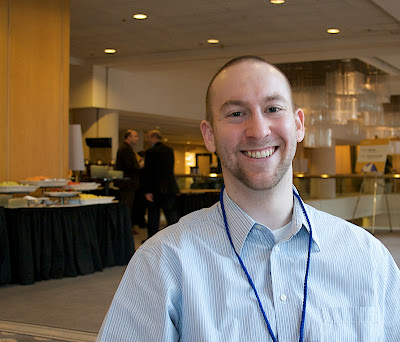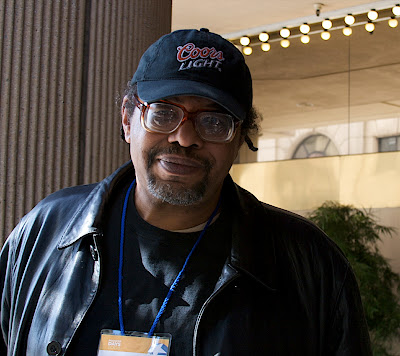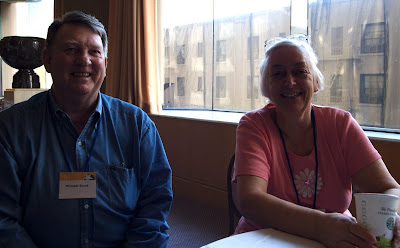Dear Judith,
Lending Club has started a process to register, with the appropriate securities authorities, promissory notes that may be offered and sold to lenders through our site in the future. Until we complete the registration process, we will not accept new lender registrations or allow new commitments from existing lenders. We will continue to service all previously funded loans during this period, and lenders will be able to access their accounts, monitor their portfolios, and withdraw available funds without changes.
Until the registration process is completed, the company will undergo a quiet period and will not be able to respond to press and other inquiries about Lending Club or the registration process during that time.
Q&A:
Q1. What about money I have begun moving, but is still in transit to Lending Club?
A1.1. If you are in the process of verifying your bank account, you will be able to complete that verification but will not be able to add new funds
A1.2 If you have initiated a transfer, the funds will be displayed in your Lending Club account balance as soon as those funds are available.
A1.3 If you have uncommitted funds, you may request that Lending Club return those funds via the same method used to load the funds. For example,
• If you have initiated an ACH to add funds, these funds will be transferred into your Lending Club account but you will not be able to lend these funds out. You can go into your Lending Club account once the ACH transfer has been completed and withdraw funds back into your linked bank account..
• If you've wired funds into your Lending Club account and have not yet committed these funds into loans, you can send a request to support@lendingclub.com for us to wire these funds back to you at no charge.
• If you've sent funds by check, and have not yet committed these funds into loans, you can send a request to support@lendingclub.com for us to send you a check by mail for the same amount at no charge.
Q2. What about referrals?
A2.1 The current referral program is terminated. If you have referred someone who has already signed up as a lender or a borrower, or if you have been referred by someone and have already signed up as a lender or a borrower, you will be receiving your referral payment within the next few days.
Sincerely,
Patrick Gannon
Senior Vice President
Lending Club
440 N Wolfe Road
Sunnyvale CA 94085
www.lendingclub.com
What this means is that uncommitted money I have in my account can't go to work there. I have to take it out to get it working, for an unspecified amount of time. What it means is no more referrals. And all this is out of the blue. I'm not impressed. But I've got his address. And so do you.



